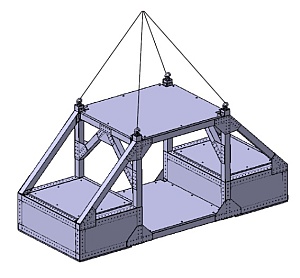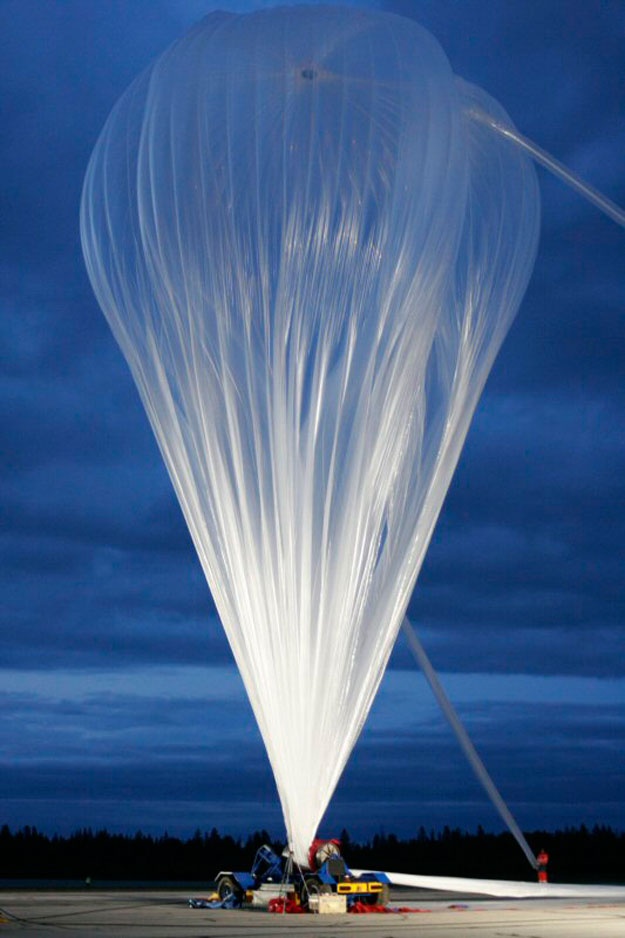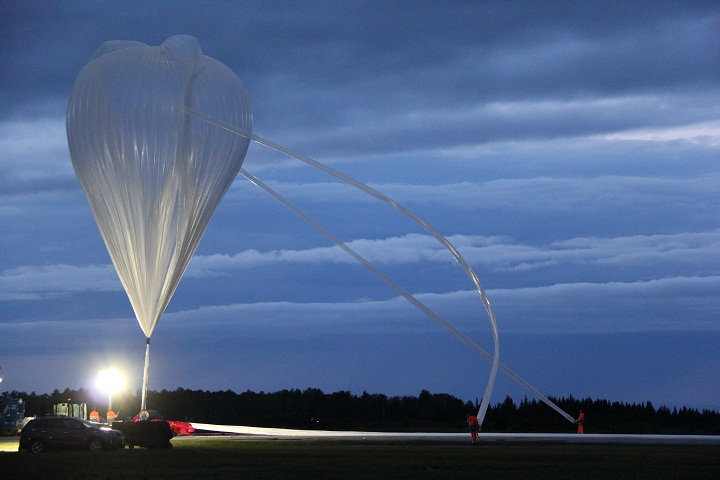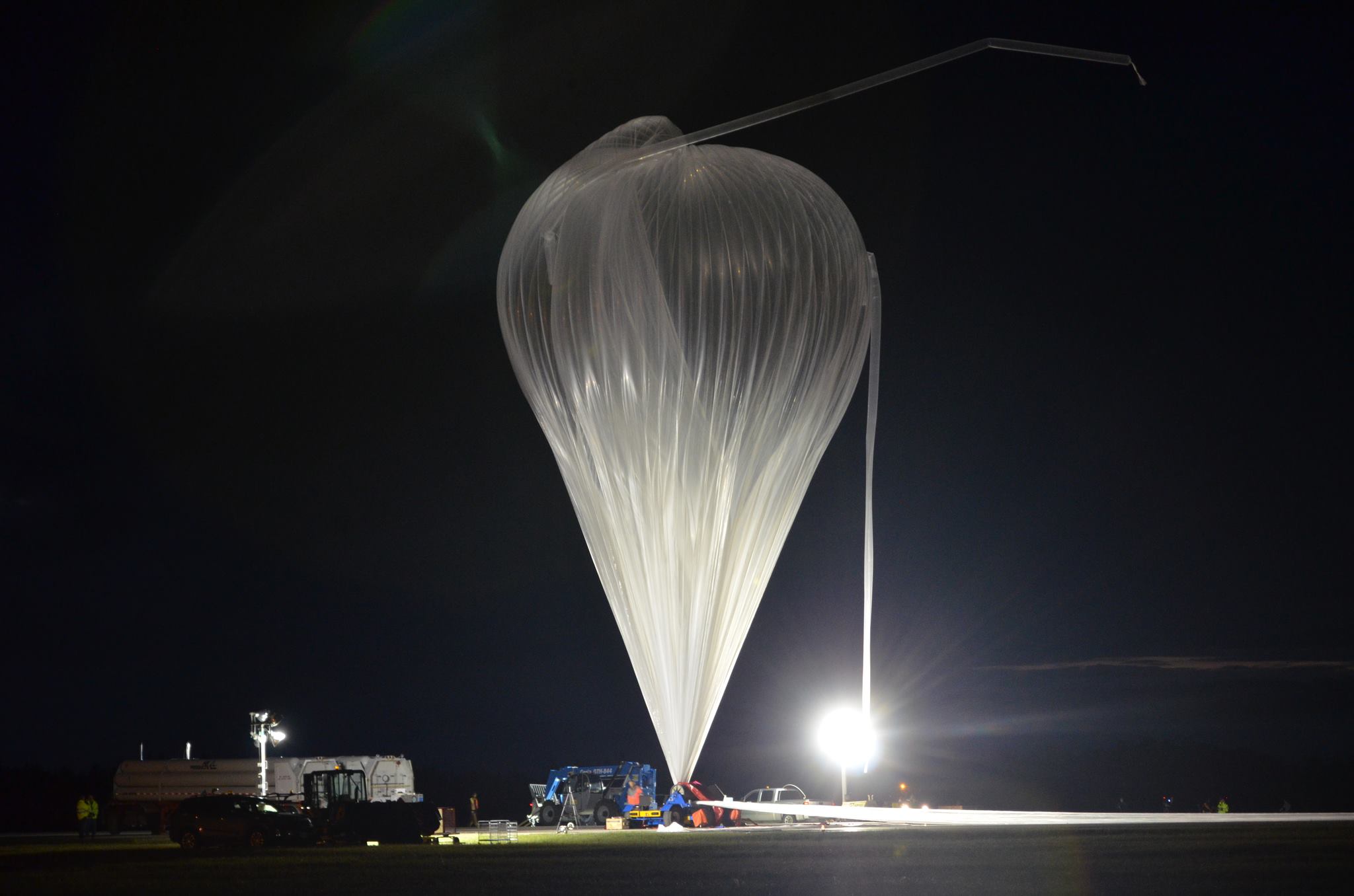Purpose of the flight and payload description
This flight was part of the 2013 qualification campaign meant to test and validate the NOSYCA (New Operational SYstem for the Control of Aerostat) flight system. For the mission was used a platform developed by CNES called BANA which consists of a very simple structure made of steel bars measuring 2 meteres x 0.8 meters x 1 meter. This gondola is used for technological flights or specific experiments with no particular pointing requeriments. It can hold around 100 kg of equipment onboard. At left we can see an scheme of it.
NOSYCA is a system designed starting in 2007 after CNES faced the double constraint of having to upgrade an ageing control system and having to comply with new, more stringent flight safety rules. To guarantee the protection of the overflown population, all critical functions of the new design had to be failsafe, i.e. nor single point failure, nor failure propagation would be allowed from the flight hardware to the ground control system. The Operational Gondola (OG) is therefore composed of two independent strings. Their architectures are different and the ballast reservoir acts as a physical barrier between the two. The primary string communicates with the ground segment through an S-Band antenna providing telemetry with a bit rate of 1.75 Mb/s and telecommand with a bit rate of 95 kb/s. The secondary string provides a link at a lower bit rate through the Iridium constellation. The system is IP based and provides a wireless link to the payload gondola located at the bottom of the flight chain approximately 100 meters (330 ft.) below, isolating from the payload all critical functions related to the piloting: gas and ballast jettison, end-of-flight command, etc. A single unit is required to be installed onboard the payload gondola to interface with the CNES wireless signal, using a few switches and a router that has been configured to talk with the Operational Gondola. Finally, the Envelope Gondola (EG) also contains critical functions: it is dedicated to the balloon envelope and provides critical functions to this segment after separation from the payload i.e. radar transponder, strobe light and localization through redundant GPS systems.
Video of the launch operations and ascent of the balloon
Details of the balloon flight
Balloon launched on: 9/11/2013 at 20:35 est
Launch site: Timmins Stratospheric Balloon Base, Ontario, Canada
Balloon launched by: Centre National d'Etudes Spatiales (CNES)
Balloon manufacturer/size/composition: Zero Pressure Balloon model 100z Zodiac 100.000 m3
End of flight (L for landing time, W for last contact, otherwise termination time): 9/12/2013
Balloon flight duration (F: time at float only, otherwise total flight time in d:days / h:hours or m:minutes - ): 10 h
Landing site: 40 km SE of Senneterre, Quebec, Canada
Payload weight: 250 kg
Overall weight: 850 kg
External references
- A return to balloon flight for France and Canada information about the first test campaign at Timmins published at StratoCat website
- High-altitude balloon launched from Timmins, Ont., lands in Quebec CTV website
12259If you consider this website interesting or useful, you can help me to keep it up and running with a small donation to cover the operational costs. Just the equivalent of the price of a cup of coffee helps a lot.





